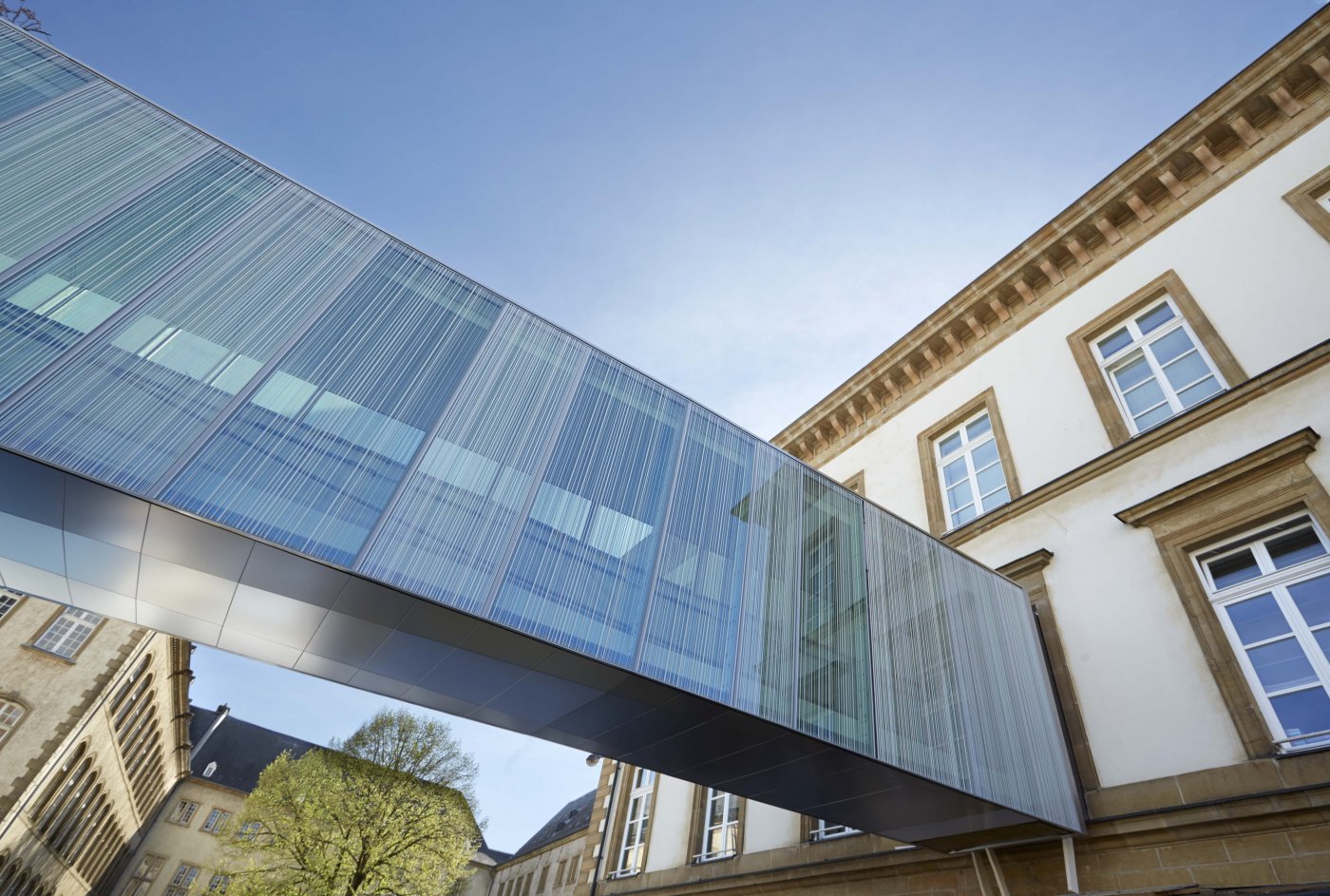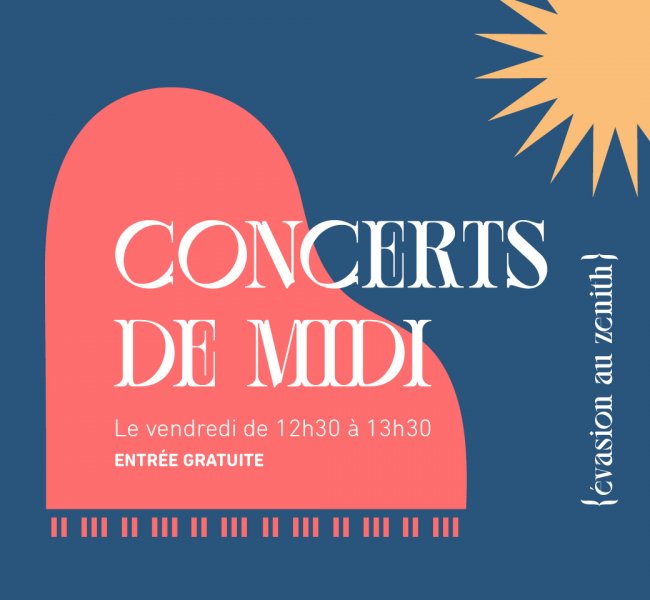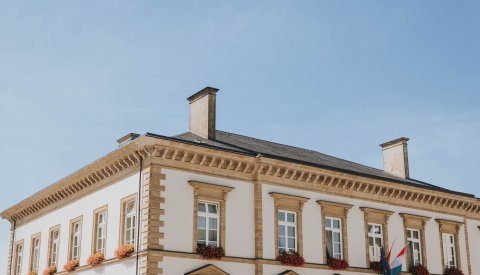Summary record
Video
International Women's Day
Question posed by Paul GALLES
For International Women's Day, celebrated around the world on 8 March each year, many municipalities organise events and undertake initiatives, such as temporarily renaming some streets after influential women. To which women did the college of aldermen pay tribute for International Women's Day? What proportion of street names in Luxembourg City are named after men compared to women? Did the City organise anything else for International Women's Day? How are names chosen for the city's streets, squares and buildings? Is there a list of people whose names will be used for streets, squares and so on over time? Could you please tell us more about the street naming process, the committee responsible for this and its composition?
Response provided by Alderman Maurice BAUER
In 2022, the City took part in the "Affichons l'égalité" gender equality initiative lead by the (Conseil national des femmes du Luxembourg (National Women's Council of Luxembourg – CNFL) and supported by Syndicat des Villes et Communes Luxembourgeoises (Association of Luxembourg Cities and Municipalities – SYVICOL), by symbolically renaming six streets and a public square after deserving women who have a link to Luxembourg City for three weeks. The initiative was launched on 8 March and involved Rue des Capucins, Place d’Armes, Rue Beaumont, Avenue de la Porte-Neuve, Grand-Rue, Rue de la Poste and Rue Genistre. These are all busy areas in the city centre.
For the duration of the initiative, these streets were named after the following significant figures: Lise Rischard-Meyer (1868–1940), member of the British Secret Service; Elsy Jacobs (1933–1998), a pioneering cyclist who won the first Women's World Road Race in 1958; Liliane Thorn-Petit (1933–2008), journalist and co-founder of the CNFL and of the Association des Femmes Libérales (association of liberal women); Joséphine Jacquemart-Jaans (1890–1988), gymnastics teacher and member of the resistance; Helen Buchholtz (1877–1953), musician and composer; Dr. Marie-Paule Molitor-Peffer (1929–1999), gynaecologist and founding member of Planning Familial (association for family planning); Lily Unden (1908–1989), teacher, painter, poet and member of the resistance.
Of the 467 streets and squares named after people in Luxembourg City, 50 of these (a little over 10%) are named after women. For several years now, the City has been working redress this imbalance, which exists for historical reasons.
Every year, the City also hosts a reception for its staff to mark International Women's Day. In 2022, the reception was held on 8 March at Villa Vauban and included a guided tour of Berthe Lutgen's works at the "Summer of 69" exhibition.
Street names are allocated by the college of aldermen on the proposal of the ad-hoc "Dénomination des rues" (street naming) working group. This group operated until the 1970s and was reinstated by the college of aldermen on 4 July 2001. Its members include: Ms Evamarie Bange, Curator at the Archives municipales (Luxembourg City archives); Mr Luc Didier, Surveying Director at the Direction Géomètre (Survey Directorate); Mr Gilles Peters, Planning Manager at the Service Autobus (Bus Department); Ms Christiane Sietzen, Cultural Coordinator; and Mr Guy Thewes, Director of Luxembourg City's two museums. Proposals are put forwards by the working group itself, citizens, associations, local interest groups, and national or international institutions.
The following criteria are used to select eligible candidates: the person is deceased, has a clear link with the city and has made a worthy contribution to it. The only exception to this rule is for deceased people who have made a significant contribution to humanity, such as scientists (Da Vinci), inventors (Gutenberg), composers (Beethoven) and writers (Heine).
Residential parking permits
Question posed by François BENOY
According to the 2020 annual report of the Service Circulation (Traffic Department), there are around 55,000 residential parking permits currently in use. How has this figure changed (overall and by type) in each area of the city over recent years? How many parking spaces are there in total in public and private areas (overall and per area)? How have these figures changed over recent years? How do these figures compare to the number of residents and households in each area?
The college of aAldermen's mission statement provides for a general analysis of parking in the city. How far along is this analysis? When will it be shared with us? The alderman for transport has highlighted on several occasions that he believes a parking permit reform is needed. What is the college of aldermen's position on this? What is the ultimate purpose of this reform and when will it be implemented?
Response provided by Alderman Patrick GOLDSCHMIDT
In general, the college of aldermen's position on transport-related topics mirrors that of the alderman for transport. The current residential parking permit system has been in place for around 15 years. Its periodic review and possible adaptation is to be expected. The Service Circulation has started to survey parked cars by district (how long they are parked for, whether they have a permit, permitted areas, etc.). The department has already provided the college of aldermen with information on this topic for one particular district. The college of aldermen has asked the department to carry out similar surveys for all other districts in the city to gain an overview of the situation. Changes will then be made to respond to the needs identified in each district (for example, parking times will be reduced from 10 hours to 3 hours if it turns out that commuters are parking in a district for an entire day at a time).
The mobility plan announced in the college of aldermen's mission statement is currently being drafted and will include proposals on the subject of resident parking. This plan will also include measures taken by the college of aldermen for various aspects of transport, notably free public transport, the expansion of the cycle path network and the improvement of pedestrian routes.
The number of residential parking permits issued by the Service Circulation remained almost unchanged between 2018 (54,216 permits) and 2020 (54,835 permits), i.e. an increase of around 1%, while the total population of the city increased by 10% over the same period.
The COVID-19 pandemic may have played a certain role in this, but many new residents do not always apply for residential parking permits, either because they don't have a car or because they park in a private car park.
We have no figures on the number of people living in each residential parking zone, given that zones areas do not mirror the city's districts. Figures on inhabitants per district are available in the Bierger-Center's annual report.
There were 34,992 parking spaces on public roads in 2018. This number has only changed a little (35,599 parking spaces in 2022), as new parking spaces have been created in new districts (particularly in Ban de Gasperich), but spaces have been removed in the city centre (particularly on Avenue de la Liberté as part of the tramway project). More detailed figures will be provided in writing to members of the municipal council.
The state of certain sports facilities
Question posed by Ana CORREIA DA VEIGA
According to an article in Le Quotidien, Racing FC Union Luxembourg has complained about the state of the changing rooms and sanitary facilities at the ARIS 1 (Camille Polfer) and ARIS 2 stadiums: "Mould on the shower ceilings, faded paint, container used as a changing room and cracks in the walls at the Polfer 1 stadium. (…) There is not even a working radiator, or toilet. [At the Polfer 2 stadium], young girls aged 7 to 10 years have to walk 300 m and cross two roads to get from the pitch to the toilets." These conditions are reported to be "surprising for a female club that has qualified for the Champions League in the past two seasons".
The article goes on to say that "Ms Beissel confirms this state of affairs", but that she notes that "one hundred and sixty-seven clubs are happy with the municipality, except one" and that she "is surprised by the RFCU's choices: Racing is the team with the most pitches. (…) I would never put such high-level female players on a pitch like that."
According to its president, the club "has submitted several requests to bring it up to code". Is this true?
What does the City intend to do to solve the problems at the ARIS 1 and 2 stadiums?
Are there other pitches or sports facilities with comparable shortcomings?
Does the City have a multi-year plan for work to be carried out at its existing sports facilities? If so, which facilities will be renovated? If not, why not?
Response provided by Alderwoman Simone BEISSEL
The management of Racing FC Union Luxembourg has only submitted its grievances to the ministry, even though the football pitches in question fall under the remit of the City.
Even though Racing is not the club with the most players, it has the highest number of pitches of all football clubs in the city (five existing pitches plus two planned on Rue Anatole France).
The City is in regular contact with members of Racing's committee.
Racing's main pitches have been renovated.
The renovation of the facilities at the ARIS 1 (Camille Polfer) stadium has been included in the multi-year plan since 2018. The clubhouse, changing rooms, sanitary facilities, stands and pitch will all be renovated, while the old facilities along Rue Nic Martha (currently used for storage) will be demolished. Racing is well aware of this. The club's management is also aware that the City cannot provide an alternative pitch while the work is under way. Because of this restriction, the pandemic and a shortage of companies available to carry out the work, the work has not yet been undertaken.
ARIS 2, on the other hand, has always been a training pitch without changing rooms or toilet facilities. Players have always used the toilets at ARIS 1. The City has, however, agreed to install modular changing rooms and sanitary facilities at ARIS 2. The corresponding call for tenders is ongoing. The pitch has been adapted to bring it in line with FLF (Fédération Luxembourgeoise de Football – Luxembourg Football Federation) standards and equipped with LED lighting.
Neither the City nor the FLF understands Racing's decision to have female top-league players train at ARIS 2, as this pitch is not suitable for that purpose.
187 of the city's 188 sports clubs follow the existing guidelines. Only Racing does not adhere to the "gentlemen’s agreement" under which the clubs clean the facilities made available to them themselves, and undertake minor repairs. Racing has already been made aware of this situation.
Racing's attitude towards the City of Luxembourg is regrettable, as is the fact that the club has tarnished my reputation with its unjustified complaints.
Response provided by Alderwoman Ana CORREIA DA VEIGA
When can the renovation of ARIS 1 begin?
Response provided by Alderwoman Simone BEISSEL
The start date for this renovation work has not yet been set, given that Racing will not be able to use the pitch for 18 months and no alternative pitch can be provided.
Late-night opening
Question posed by Paul GALLES
Many people suffered during the COVID-19 pandemic — those who felt isolated but also those working in the food and cultural industries, as well as discos and clubs, which suffered huge financial losses.
Late-night opening is a very important source of revenue for some of these people.
Whether these establishments obtain a licence to remain open until 3:00 or 6:00 makes a huge difference for these businesses and their customers.
What is the college of aldermen's current position on late-night opening?
At this stage of the pandemic, are there still valid reasons for having a sceptical view of late-night opening?
Why is it that some businesses can obtain a licence to remain open until 6:00, while others have to close at 3:00?
Which establishments are in principle eligible for late-night opening (until 3:00 or 6:00)?
Is the college of aldermen prepared to grant a licence to remain open until 6:00 to any establishment that applies for one?
Response provided by Mayor Lydie POLFER
Only the mayor can grant licences for late-night openings. The only exception to this concerns the set late-night opening dates (on National Day and New Year's Eve, in particular), when permission is granted by the municipal council.
Since 16 February 2022, all applications for licences for late-night opening until 3:00 have been granted.
Since 1 April 2022, several establishments have been granted licences to remain open until 6:00. These are nightclubs and discos.
The reason for this distinction is that cafés and restaurants are also open during the day, whereas nightclubs and discos only open in the evening. Licences to remain open until 3:00 are granted based on the establishment's location.
Late-night opening licences can be revoked for disturbing the peace. The City always endeavours to find the right balance between people's need for entertainment after two years of pandemic and a well-deserved good night's rest for residents.













